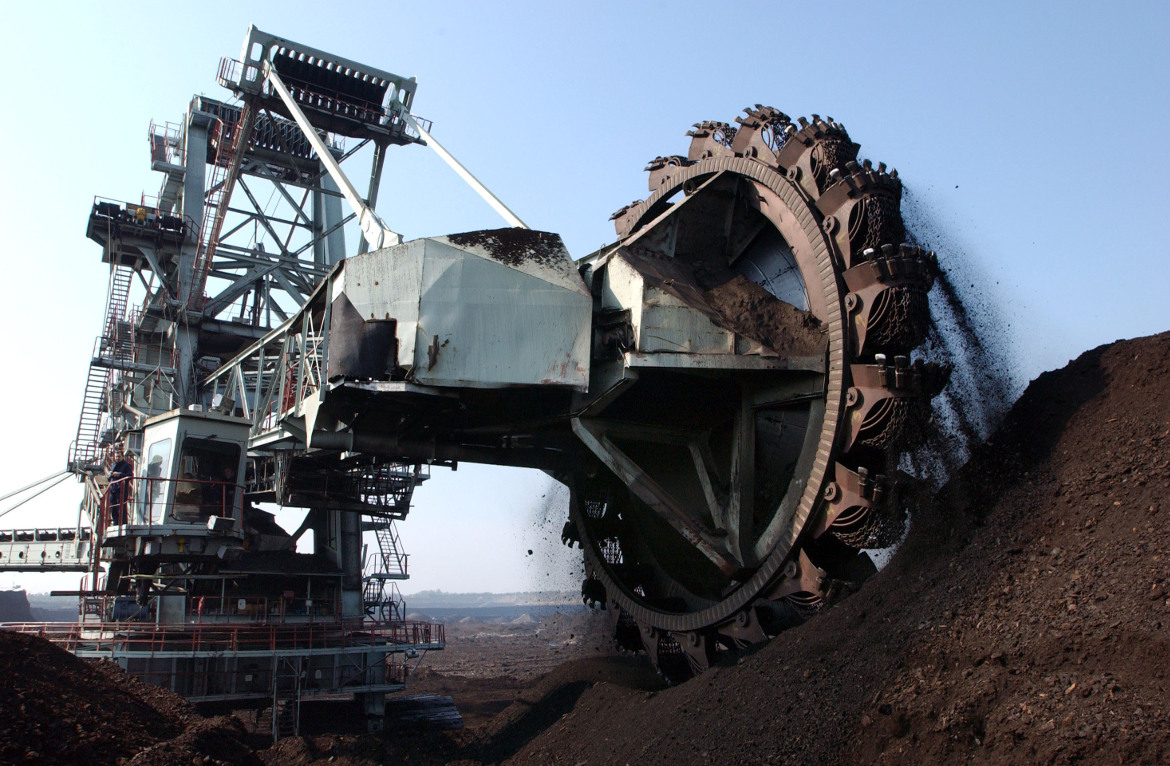In 2013, the Bingham County open-pit copper mine in Utah, US, suffered the largest non-volcanic landslide in the history of North America. An estimated 147 million tonnes of material slipped into the pit, burying it under 100ft of dirt and rock. Mercifully, there were no injuries, but clearing the site and rescuing the equipment buried within it required the fallen earth to be extracted from a still-hazardous environment.
The solution? Remote-control equipment. Working with suppliers ASI, Caterpillar and TORC Robotics, the mine’s operators fitted excavators, bull-dozers and haulage trucks with control systems that allowed them to be driven by remote operators via high-quality video link. As of April 2015, the clean-up operation had removed 87 million tonnes of debris, and is expected to continue into next year.
The Bingham County incident is testament to the risks that mine workers face every day. Although mine safety has improved dramatically in recent decades, mine machine operator was the sixth-most deadly job in the US in 2014, with 27 deaths per 100,000 workers.
Not only do miners have to contend with hot and uncomfortable conditions, they face potentially fatal hazards including cave-ins, gas explosions, chemical leakages and electrocution. According to a study by the Australian government, the biggest causes of miner death are worker fatigue and inexperience.
Few of us would accept this kind of risk at work, so those who do can be handsomely paid. In 2011, the Wall Street Journal profiled 25-year old James Dinnison, a high-school drop-out who earned US$200,000 a year as a drill operator in the mines of Western Australia.
Given the danger that miners face, and the resulting expense to their employers, it is easy to see why the mining industry is eagerly exploring the possibilities for technology to reduce the requirement for human exposure.
In 2008, mining giant Rio Tinto (which co-owns the Bingham Country site) launched its ‘Mine of the Future’ programme. Since then, it has developed not just remote-control equipment, but robotic machinery too. For example, the company says it has invested over $500 million in a “fully autonomous” railway to transport materials around its Pilbara iron ore mine in Western Australia.
Maximising productivity at its mines has never been so crucial, the company says. “Fewer Tier 1 deposits [the largest and of highest value] are being found, demand for resources is higher than ever and we face skills shortages, energy constraints, complex geographical challenges and increased environmental requirements,” it says.
As the company’s remarks suggest, the hunt is on for new mineral sources. Not only will automated machinery help companies drill deeper into the ground, into environments in which no human could withstand, it is also expected to open up new frontiers for extraction.
Soil Machine Dynamics, a company based in Newcastle, UK, has developed the world’s first deep-sea mining robot. Armed with both video cameras and 3D sonar, the machine is designed to scrape copper and gold from the seabed off the coast of Papua New Guinea. It has yet to be deployed, however, as the UN’s International Seabed Authority (ISA) is still drafting a regulatory framework to govern commercial deep-sea mining. The ISA has come under pressure from conservationists to ensure that certain areas of the sea bed from mining.
Another frontier for mining is much further afield, beyond the Earth’s atmosphere, in fact. As this blog post explains, robotic mining machines are a vital component of plans to extract minerals including platinum and palladium from nearby asteroids.
Here on earth, technological innovations should help to make mining safer and cheaper, and in so doing open up new possibilities for extraction. Whether we should be looking to extract more materials from the earth is another matter.
How might robotics change the economics of mining? Join the discussion on the Future Realities LinkedIn group, sponsored by Dassault Systèmes.
Sponsored by:





